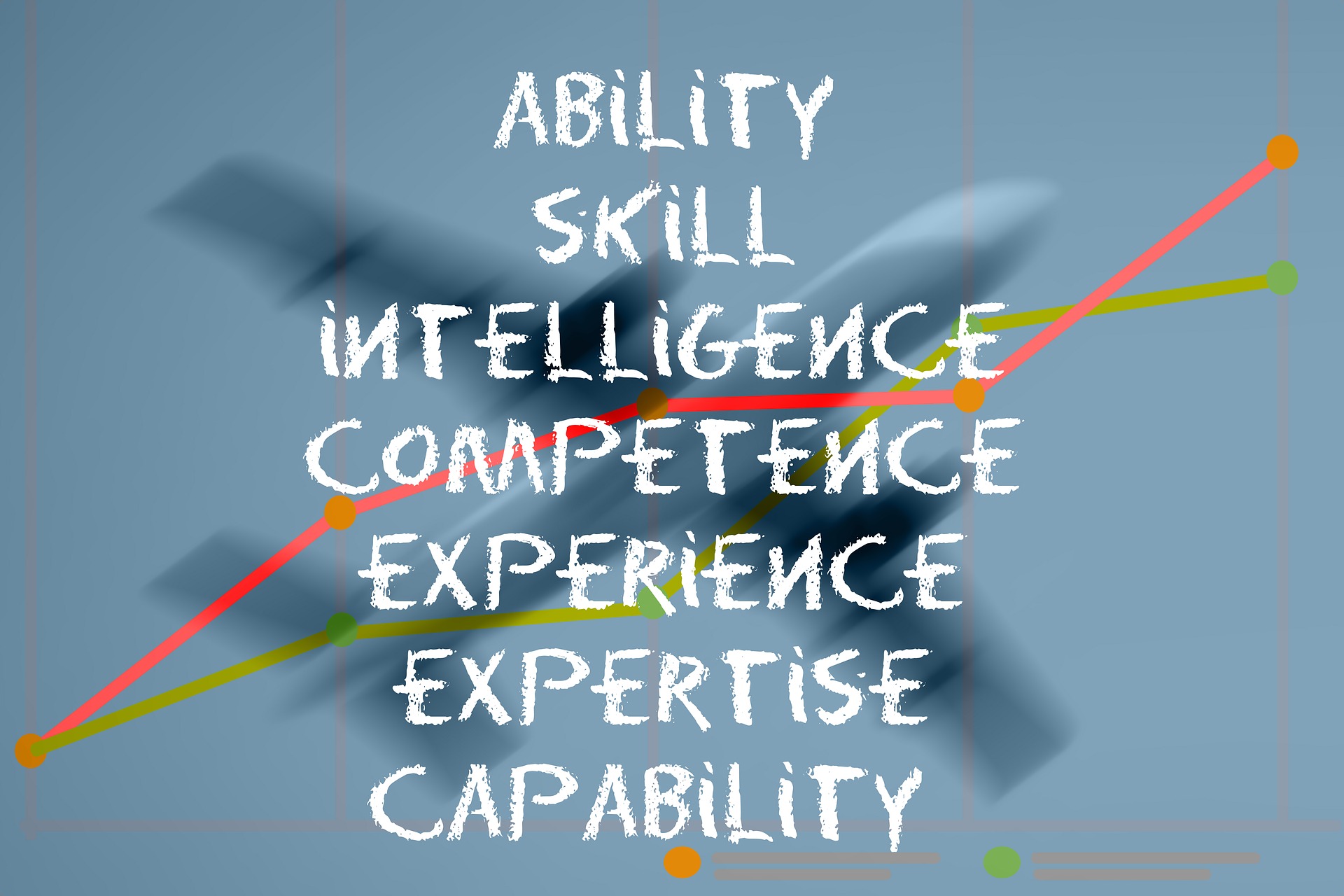A study of IS assets, IS ambidexterity, and IS alignment: The dynamic managerial capability perspective 
Information & Management
, 56
(1) , 55-69. 2019.
Author(s): Jeffrey C.F. Tai. Eric T.G. Wang. Hsi-Yin Yeh.
Topics: Information systems strategy IT competence Business – IT alignment
Industry: Manufacturing
Country: Taiwan
Objective and main results
This study investigates factors supporting IS-business alignment, which is understood as the alignment of information systems with required strategic decision support and operational support. It is hypothesized that IS ambidexterity, referring to the capability of IT departments to perform exploitative and explorative activities simultaneously, and four IS assets are significant factors.
Main findings:
- IS ambidexterity positively affects the operational support aspect of IS-business alignment, but not the strategic decision support aspect.
- IS assets can influence IS-business alignment both directly and indirectly (i.e. through IS ambidexterity).
Summary of practical implications
IT departments should enhance or refine existing IT applications. They should also experiment on new IT applications that may meet future business demands.
IT departments need to nurture human and technological IS assets in order to improve IS ambidexterity and IS-business alignment. This means that they should recruit or promote IT personnel who are characterized by understanding business situations, acquiring new technology skills, and interacting with users. IT departments should also develop flexible technology assets such as shareable hardware and software platforms, and reusable IS modules.

